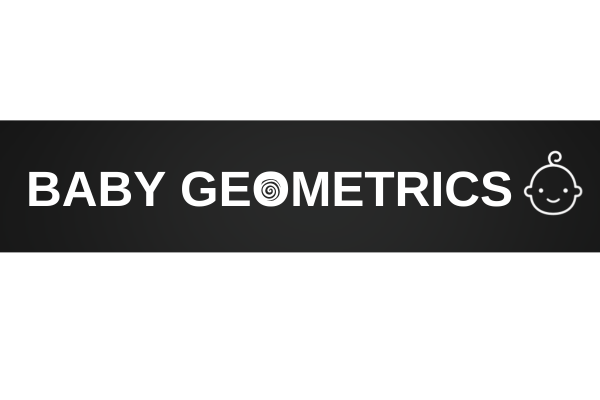As parents, we often marvel at how rapidly our little ones grow and change in their early months. Those tiny eyes exploring the world are doing much more than just taking in their surroundings—they are setting the stage for crucial brain development. But did you know that introducing the right kind of visual stimuli can significantly impact how your baby’s cognitive abilities develop? Here’s why visual stimulation matters and how you can help boost your baby’s cognitive growth.
Why Visual Stimulation Matters
In the first few months of life, your baby's brain is like a sponge, absorbing new information at a rapid pace. During this time, their vision is still developing, and they are most attracted to high-contrast images. Patterns with sharp contrasts between black and white (and later red) engage their developing vision, helping to sharpen their focus and build strong neural connections. This is because newborns’ retinas are not fully developed, so they initially see in shades of black, white, and gray.
This isn't just about improving eyesight. High-contrast visuals play an essential role in cognitive development. According to a study by the American Academy of Pediatrics, babies exposed to high-contrast images in their early months demonstrate stronger visual tracking skills, attention span, and even emotional recognition.
How High-Contrast Visuals Impact Brain Development
Your baby’s brain is actively wiring itself to make sense of the world. By introducing them to engaging, high-contrast images, you’re supporting connections that lay the foundation for essential cognitive skills. Here’s a breakdown of how this works:
-
Building Focus and Attention
During those early months, babies’ brains are learning to focus and distinguish shapes and patterns. High-contrast visuals—like our black and white blankets, flashcards, and vision boards—help them practice focusing on objects, boosting their attention span and visual recognition. -
Strengthening Visual Pathways
Regular exposure to bold patterns encourages the development of the optic nerve and strengthens the neural pathways that process vision. This not only enhances eyesight but also sharpens cognitive abilities tied to visual learning, including memory and spatial awareness. -
Stimulating Curiosity and Exploration
When babies are shown visually stimulating images, their natural curiosity is sparked. This early engagement helps foster an interest in exploration and play, which is key for building problem-solving skills later on. It’s not just about looking—it’s about understanding and interacting with their environment.
Tips to Encourage Visual Stimulation at Home
Now that you know why visual stimulation is so crucial, here are some simple ways you can incorporate it into your baby’s daily routine:
- Use High-Contrast Toys and Flashcards: Introduce high-contrast toys, flashcards, or vision boards during tummy time or playtime to keep your baby engaged and focused.
- Incorporate Patterns in Everyday Items: Soft blankets with black-and-white patterns not only soothe but also provide visual engagement. Your baby will love snuggling up with them while practicing visual tracking.
- Create a Visually Stimulating Environment: Incorporate patterned wall decor or visual boards in your baby’s nursery to provide a range of visual stimuli that keep them curious and attentive.
Takeaway
Visual stimulation is much more than just a trend—it’s a powerful way to support your baby’s brain development. By introducing high-contrast patterns and visually engaging toys, you’re giving your baby the tools to build a strong foundation for their growing brain.
So, take a moment each day to let your baby explore visually stimulating toys or patterns, and watch as they become more focused, curious, and engaged with their surroundings. And remember, these early interactions don’t just help them see the world more clearly—they also help them think, explore, and thrive.
Sources:
- American Academy of Pediatrics. (2022). "Promoting Healthy Development: The Power of Play in Early Childhood."
- National Institutes of Health (NIH). (2021). "The Role of Visual Stimulation in Infant Development."
By crafting a visually engaging world for your little one, you’re nurturing their cognitive growth in ways that will last a lifetime. Let’s make those early moments count! 😊

